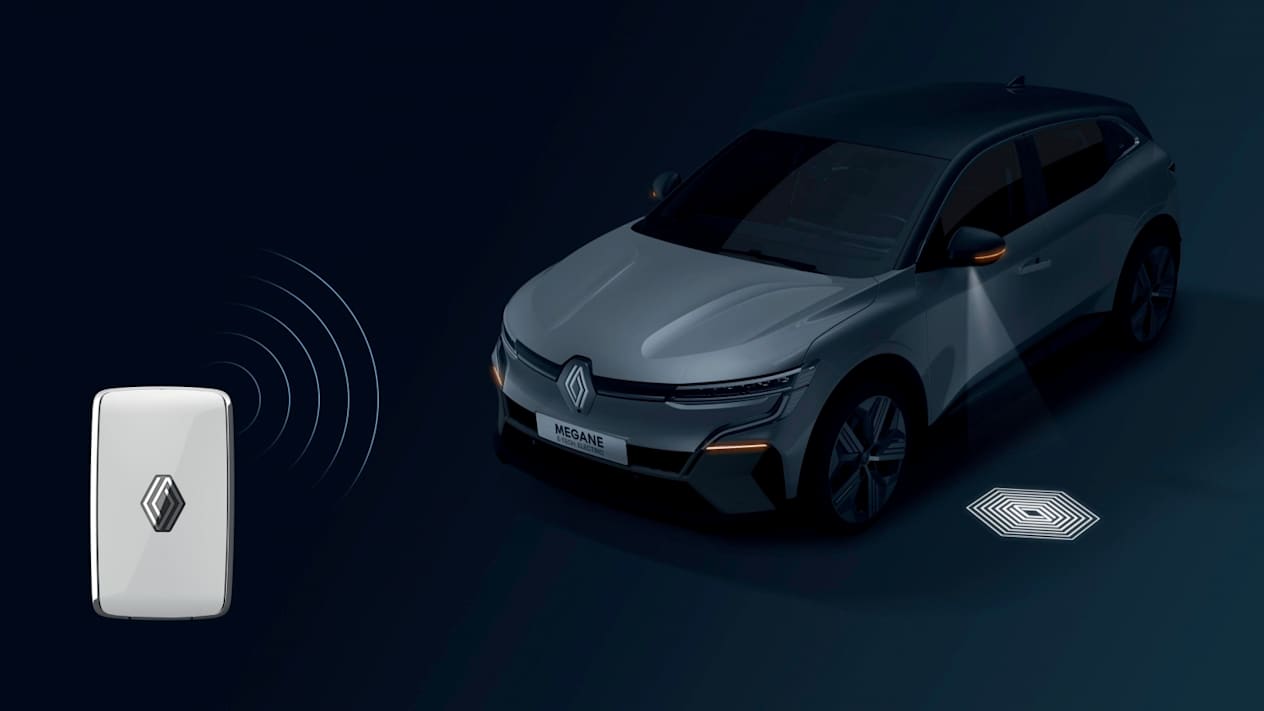

Speaking on the history of the innovative card, Pascaline, Head of Cross-Cutting Products said "This innovative solution was designed to make life easier for customers."
Staring in 2001, Renault was set to launch the Laguna II, a saloon that was said to represent the 21st century lifestyle although the designers believed the vehicle was still lacking a few innovative features.
Before launching, the product lead of the Laguna II, Bernard Dumondel was staying in a hotel in Luxembourg. After using a magnetic card to access his guestroom, he has an epiphany and asks why not use a contactless card instead of the traditional car key? He then presents a prototype and impresses the Group’s executive committee and the project was immediately adopted.
Following the 1973 R16 TX – the first French car to have electronic central locking – and the 1982 Fuego with it’s ground-breaking remote-controller door locks, Laguna II became the first car made by a general purpose, car manufacturer to feature a hands-free card. The design was then extended across the entire range from Clio to Scenic and on to Megane.
On the latest generation of hands-free cards, the car is unlocked when the badge is approached and locked automatically when it is moved away.

Combining accessibility and technology
With an electronic core, it is programmed to constantly ‘communicate’ with the car it is paired to meaning when the vehicle is approached, the card is detected by receiver-transmitters located throughout the car.
Technical uncertainty and hurdles
According to Pascaline, inventing the hands-free card “was a mighty challenge with a fair amount of risk.” Despite the Laguna II having a record 5-star Euro NCAP crash test, it suffered from technical hiccups in the months following its release. This was also the case with the first version of the hands-free card. This was also the case with the first version of the hands-free card. Its signal could be easily muddled by nearby objects, like the neon lights often found in parking lots.
By making improvements such as guaranteeing water tightness, making the case stronger and offering up to four personalised cards per vehicle, the Renault engineers successfully overcame these hurdles.
Over the two-decades since it’s creation, the Renault handsfree card has undergone changes and with each improvement comes a better version of the practical card. The team at Renault are constantly endeavouring to make the hands-free card even easier to use.
While smartphones appear to be on the verge of replacing cards, Renault have opted to harness their new capabilities without letting the hands-free card fall to the wayside.